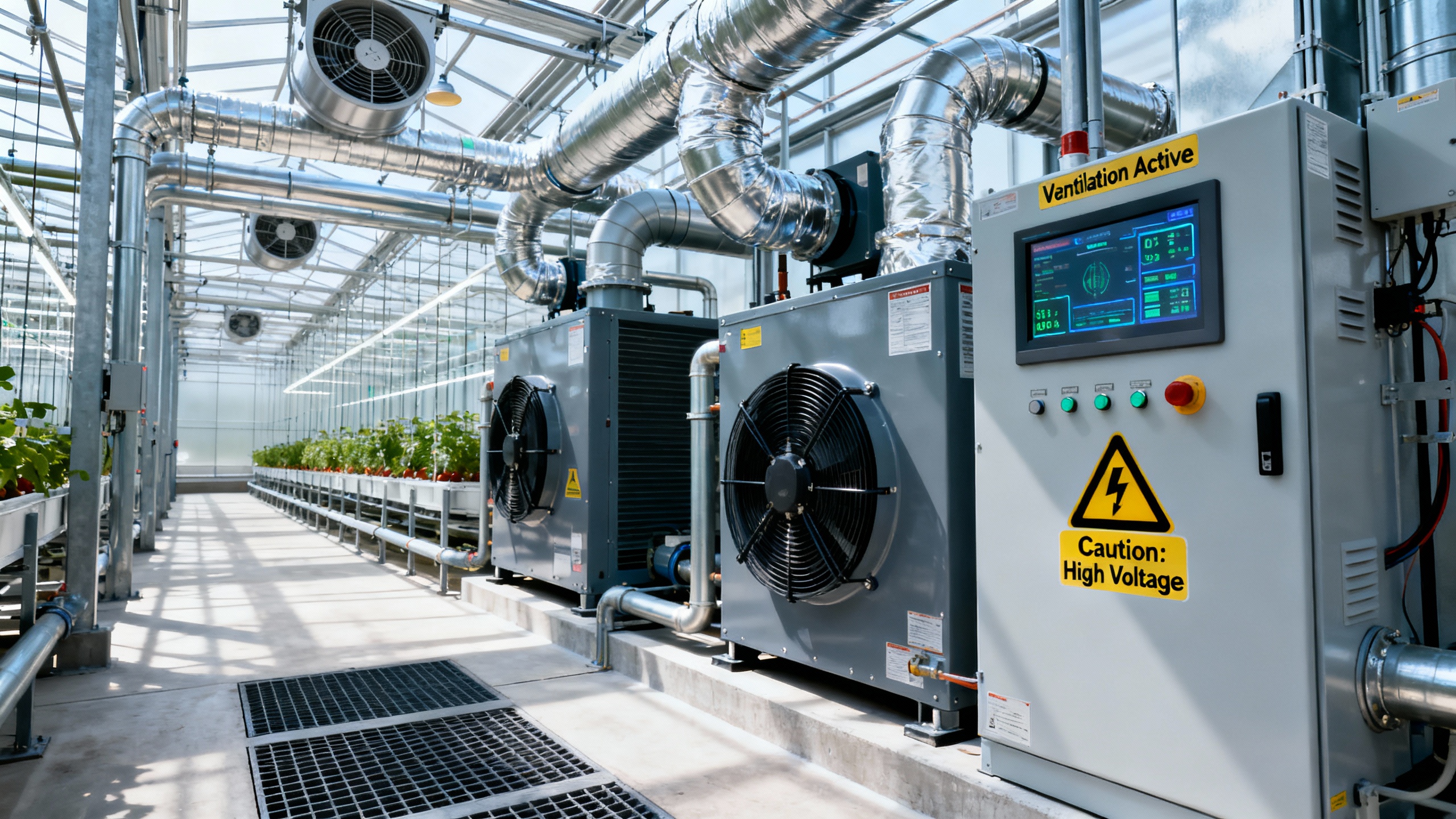
The federal American Innovation and Manufacturing (AIM) Act is reshaping the refrigerant landscape—and cannabis grow facilities are squarely in the crosshairs. As the Environmental Protection Agency (EPA) further tightens the phasedown of high global warming potential (GWP) hydrofluorocarbon refrigerants (HFCs) through 2025 and beyond, facility owners must prepare for a new era of HVAC compliance. The transition isn’t just a regulatory imperative—it’s a strategic opportunity for operational efficiency, environmental stewardship, and reputational advantage.
Enacted in December 2020, the AIM Act directs the EPA to phase down the production and consumption of high-GWP HFCs. In August 2025, the D.C. Circuit Court reaffirmed EPA’s authority and its cap-and-trade approach, making clear that regulatory momentum is only accelerating.
Key 2025 Update: For 2025, EPA allocations for HFCs have become even more stringent, fast-tracking the transition toward lower-GWP alternatives and prioritizing mildly flammable "A2L" refrigerants such as R-32 and R-454B for new HVAC applications.
Grow and processing operations often rely on high-capacity HVAC and dehumidification systems to maintain precise environmental controls. Older systems typically use phased-out or soon-to-be-banned HFCs such as R-410A—placing them at risk of more expensive service, costly compliance failures, or forced shutdowns as the supply of legacy refrigerants evaporates.
Noncompliance can lead to:
A2L refrigerants, such as R-32 and R-454B, are lower-GWP alternatives with mild flammability (as compared to the nonflammable A1s, e.g., R-410A). Their adoption is heavily favored by the 2025 AIM Act rollout, but their properties introduce new challenges and compliance requirements.
While A2L refrigerants are less environmentally damaging, their mild flammability means:
Determine which systems use phased-down HFCs like R-410A or R-404A. Document the charge sizes and model ages to prioritize upgrades well in advance of 2026 supply constraints.
For new projects or retrofits:
Many state and local jurisdictions have adopted, or are in the process of adopting, the 2021 or 2024 International Mechanical Code (IMC) and International Fire Code (IFC) updates covering A2Ls. Collaborate directly with your local fire marshal and building officials to:
Mildly flammable refrigerants require changes to standard operating procedures. Ensure:
With high demand and a rapidly evolving market, plan HVAC upgrades and procurement cycles well ahead of deadlines:
EPA rules require robust refrigerant management and reporting. A well-documented inventory of refrigerants, service logs, and technician records not only supports compliance but also strengthens your facility’s sustainability profile for licensing and investor due diligence.
Depending on building codes, A2L charge size limits in grow rooms may be lower than older HFC systems—complicating retrofits. Work closely with HVAC-R engineers to balance environmental needs with regulatory constraints.
While AIM Act regulations are federal, many provisions—especially around A2Ls—are enforced at the state and local level. Some states move faster than others in adopting IMC/IFC updates, leading to a patchwork of compliance obligations for multi-state operators. Always confirm with the International Code Council and your local building department.
With EPA allowance reductions, continued HFC reliance could require:
Proactive transition is critical for uninterrupted compliance and cost control.
For more on AIM Act HFC cannabis HVAC and year-round compliance strategies, turn to CannabisRegulations.ai—your partner for regulatory clarity, SOP guidance, and proactive risk management.